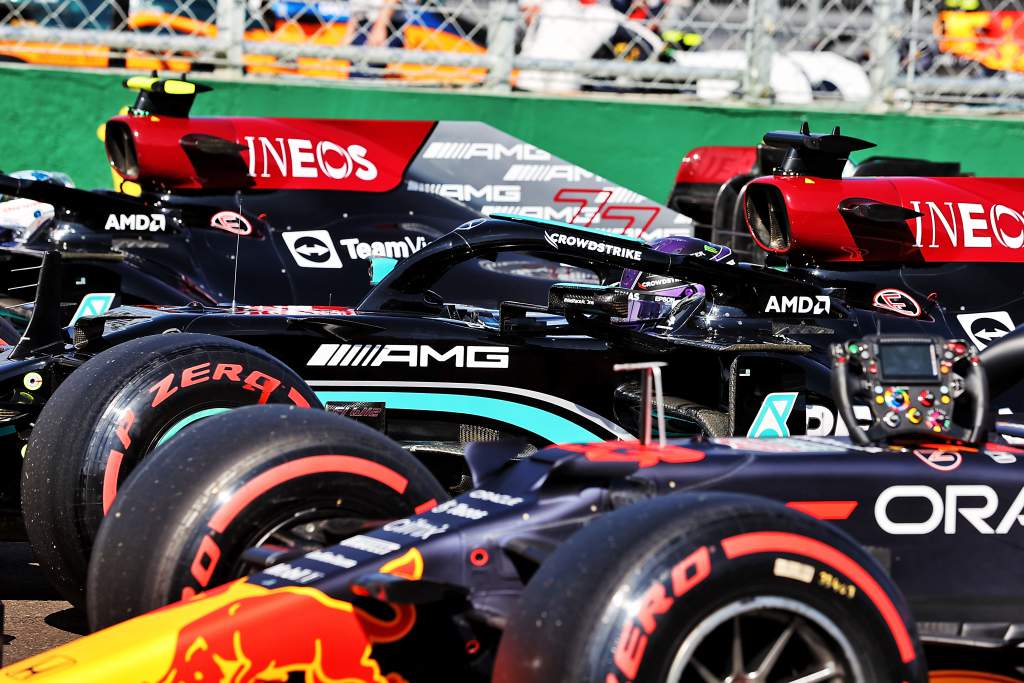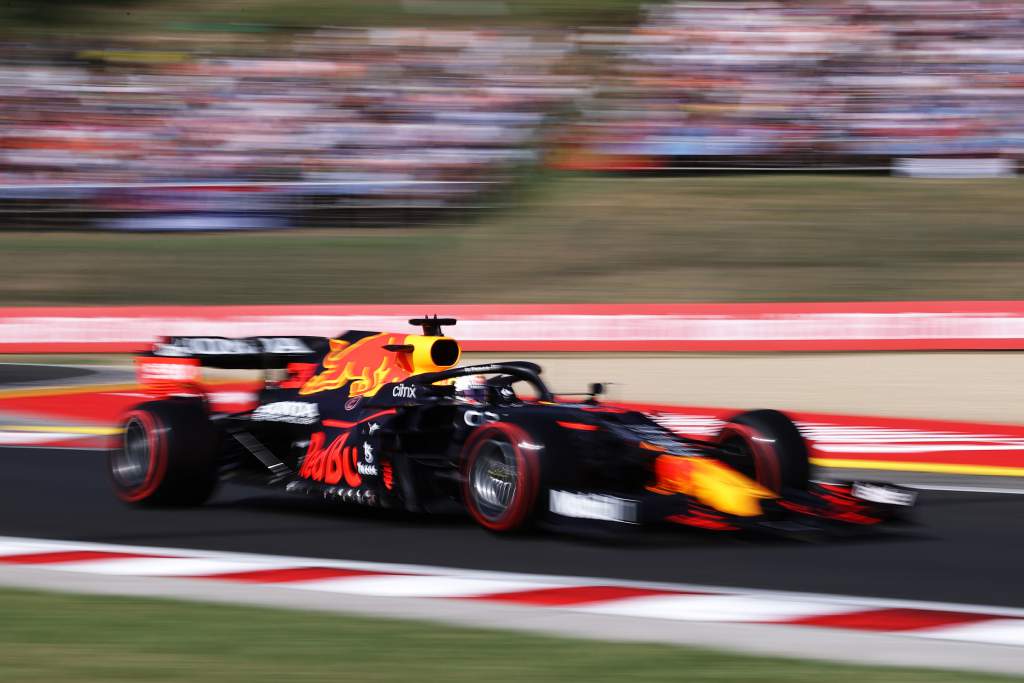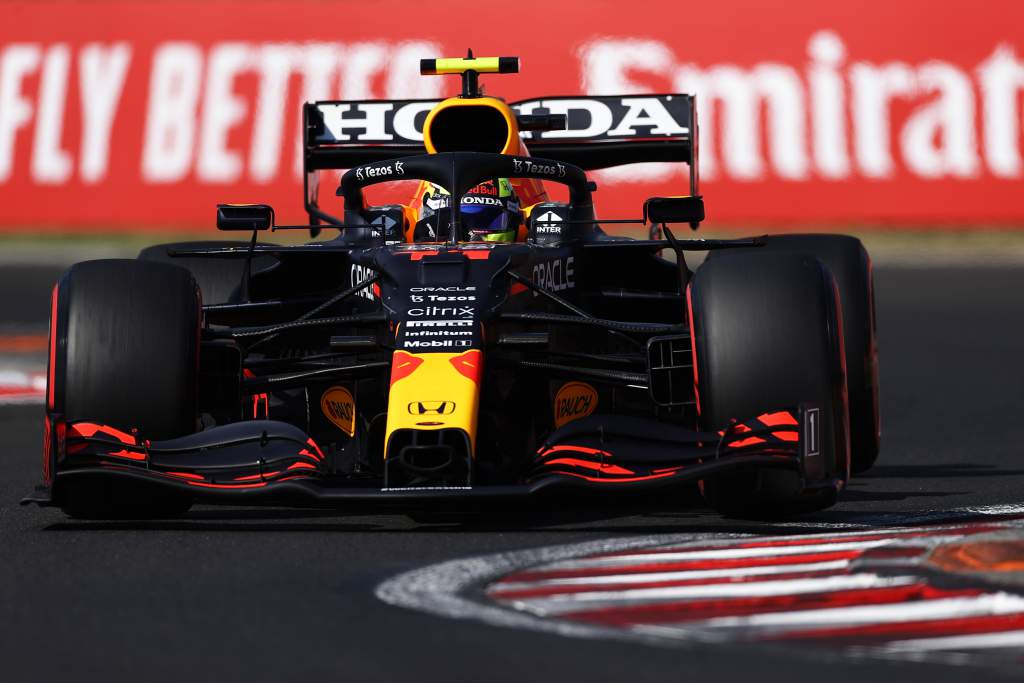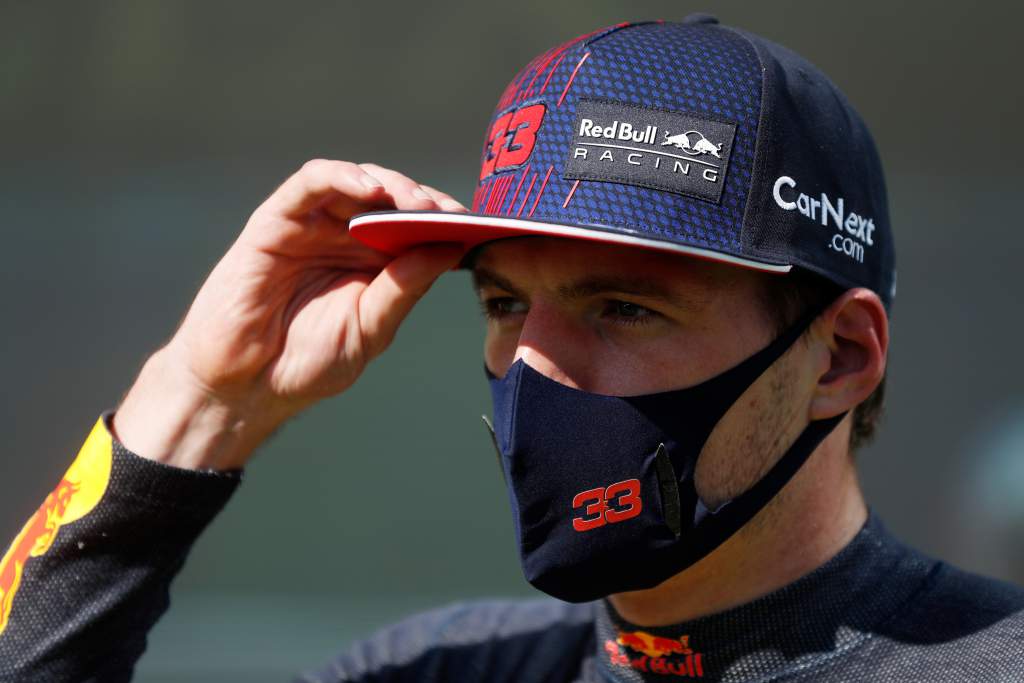Up Next

The competitive see-saw between Mercedes and Red Bull took another swing at Budapest where Merc locked out the front row, leaving Verstappen’s Red Bull trailing in qualifying by 0.4s.
Coming into this weekend both sides of the Mercedes/Red Bull battle were playing their chances down against the other. “We knew coming here,” said Christian Horner, “that this, just like Silverstone, is a real Mercedes stronghold, and that they’d be very strong.”
Merc didn’t agree. “Silverstone is one of our best tracks,” commented the team’s Andy Shovlin two weeks ago. “It would be naive for us to think that we can go to the Hungaroring and expect to carry this performance. Red Bull are going to be good at a high downforce circuit.”

Both sides could claim some evidence for their apparent pessimism of their own chances. Last year Mercedes’ qualifying advantage over the field was bigger at the Hungaroring than at any of the other 16 races, at 1.267% (compared to seasonal average of 0.725%). But looking back a little further, the track does not stand out as historically one of the team’s strongest. It rewards downforce more than power and Merc’s respective advantages in each of those departments over the principal opposition has varied from year to year.
In 2018, for example, it was the team’s least competitive track on pure pace. In 2019 it ranked 11th out of 21. In the years of the hybrid era prior to that, the track hovered somewhere between sixth and 16th for Mercedes. The extent of Mercedes’ dominance here last year was something of a misnomer and was largely to do with Red Bull struggling to find a balance – just as it did this year.
There was no reason to suppose that this Red Bull would be so difficult to balance here just because last year’s was. As Shovlin recounted, the certainty that the Red Bull generates more downforce than the Mercedes this year drove Merc’s belief that it would be punished around here.
Is there something in the DNA of the Red Bull which makes it inherently difficult to balance around the Hungaroring’s long-duration medium-speed sweeps? It’s usually a fantastically responsive car, but does that trait come with difficulties in retaining stability through a long corner? Throughout the weekend Verstappen seemed to be faced with the choice of excessive understeer or wild turn-in oversteer. There seemed to be no happy window in between.

The extraordinary track temperatures of qualifying (and FP2), at over 60° C, seem to have amplified this difficulty. On the soft tyres, which were around 1s faster than the mediums and would therefore be absolutely essential in setting pole, the single-lap understeer was the dominant problem on Friday.
Overnight Red Bull opted for a lower-downforce rear wing – only partly because its straightline speeds were uncompetitive. It wasn’t getting onto the straights particularly quickly either and so that extra wing level wasn’t paying for itself. This was the symptom of the understeer – so severe that with the big rear wing, they were running out of front wing adjustment.
Just in order to be able to add more front end, they were forced to reduce rear downforce. Red Bull was obliged to surrender total downforce on a downforce-rewarding track just in order to get some semblance of a balance on this scorching surface.
“It’s definitely to do with the track temperatures,” said Sergio Perez of the difficulty. “Just getting the tyres into the window.”

But even with this compromise on downforce, the RB16B’s balance was less than sensational. A direct comparison of the first Q3 laps of Hamilton and Verstappen shows very clearly the Red Bull’s much greater understeer, especially in the early part of the lap. It would as a result run wider out of the corner, giving Verstappen more correction to do to keep it on track. More understeer in, more oversteer snaps on exit. This was not a Red Bull in its sweet spot.
Verstappen (and Perez) had attempted to get through Q2 on the mediums but were not confident they were fast enough and switched to softs for their second runs.
Verstappen’s soft-tyre lap put him at the head of the Q2 times, but Hamilton was only 0.9s behind on a tyre reckoned 1s slower and with a lap much earlier in the session. Red Bull had been obliged to surrender the logical best tyre strategy through lack of raw pace. The surrender of downforce hadn’t paid back enough with improved balance.
Things got worse in Q3. “Basically I went a bit backwards compared to my Q2 lap,” said Verstappen. “I just didn’t have the same grip over the lap, I don’t know if it was track-related or tyre-related but I just didn’t have the same balance in the car to push so naturally around here the corners follow up really quickly, so if you don’t feel good in one corner the next one won’t be great. So just lost a bit of laptime but nevertheless I don’t think even with that we could have pole. So not the greatest weekend so far, I think in general always just been behind and we need to analyse why that is.”

It may be that starting on softs has forced Verstappen into a compromised two-stop strategy while the Mercs, with a longer first stint on the mediums, will be able to make the faster one-stop work. But maybe all hope is not lost for Red Bull. “In these temperatures I don’t personally see how a one-stop is going to work,” said Hamilton, “but I haven’t looked at the data or talked with my engineers.”
If his hunch is right, starting on the softs doesn’t represent any real strategic disadvantage – and if it can help vault Verstappen past at the start through superior traction, he could yet be in a position to control the race around a track where passing is exceptionally difficult. But it would be against the odds.
What we have seen so far this weekend is a well-balanced Mercedes against a very compromised Red Bull. But away from here, does the RB16B still retain an edge? Possibly, but let’s not forget the very significant upgrade which went onto the Mercedes at Silverstone. “Yeah, they were strong at Silverstone,” pondered Verstappen, “and that might have been the track but they also brought new bits to their car. We just need to work on ourselves and then try to improve the situation because we cannot be happy with this.”





